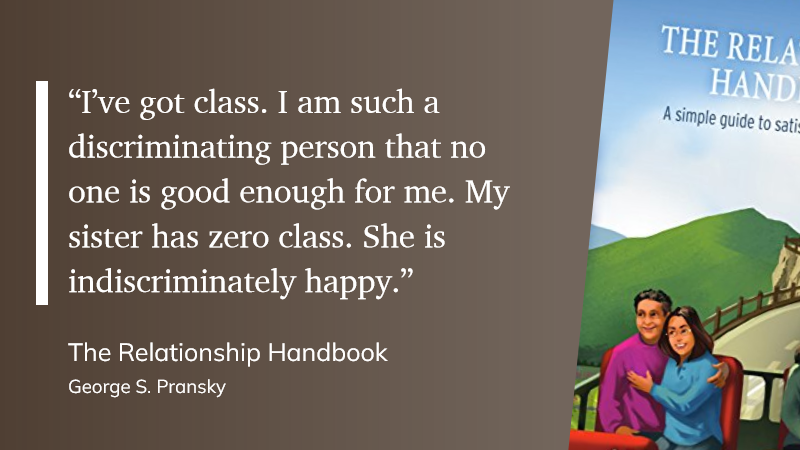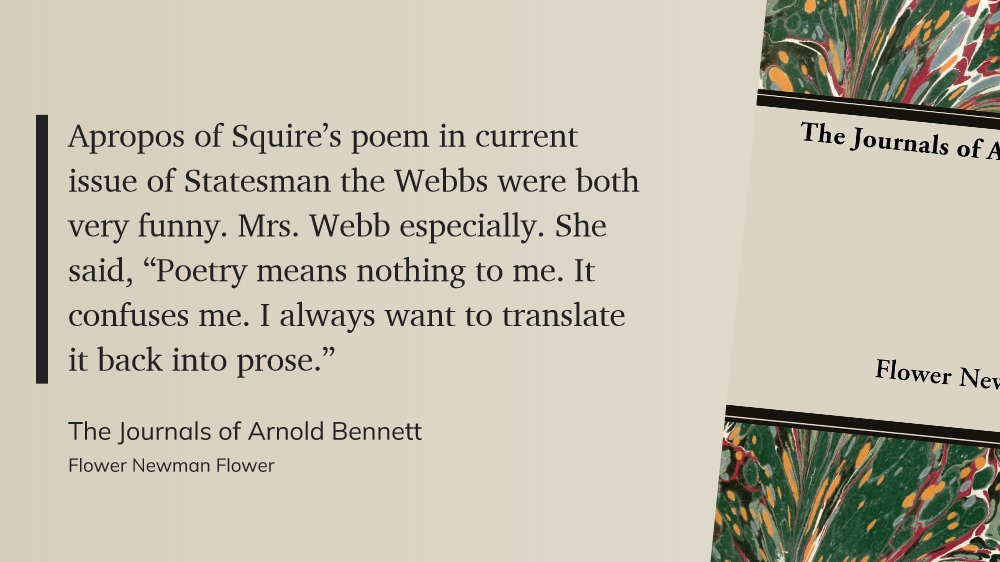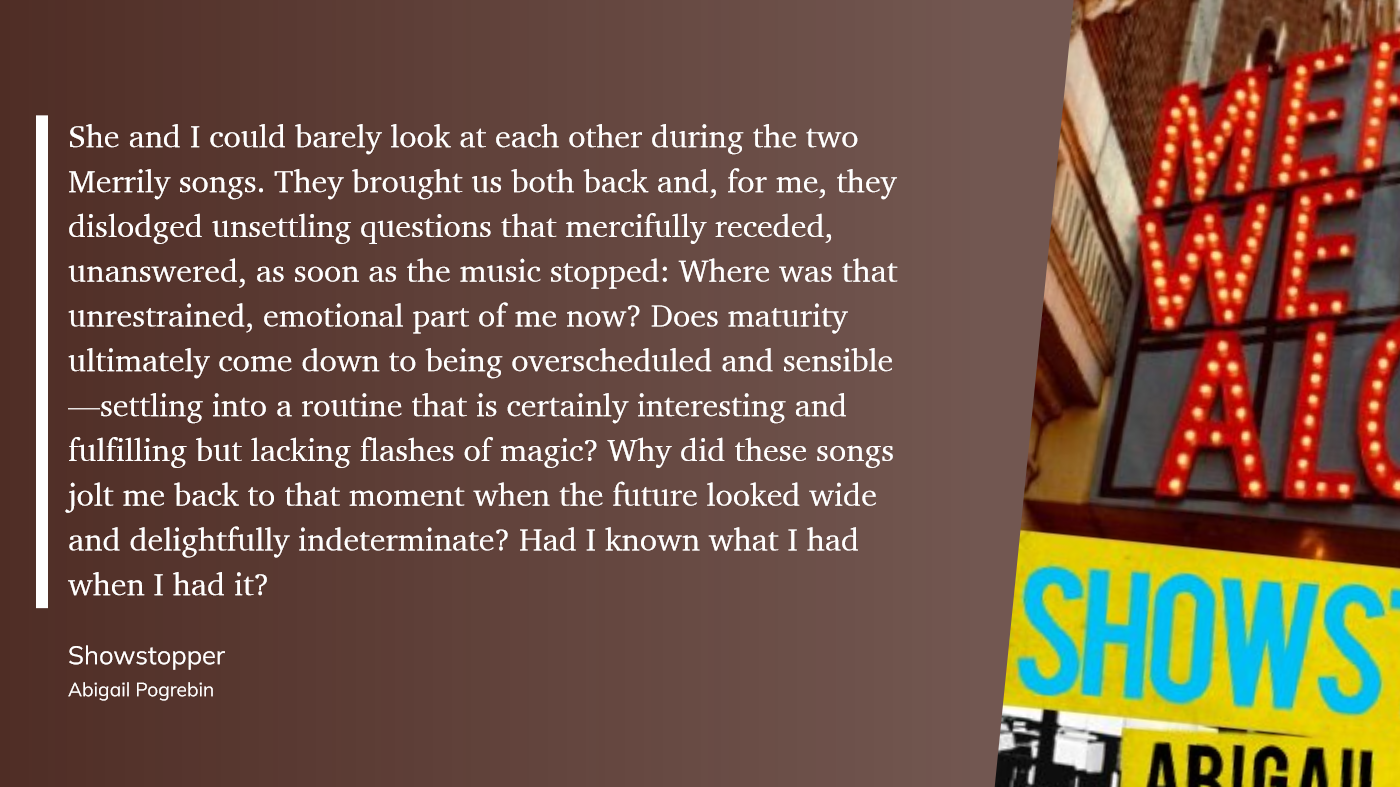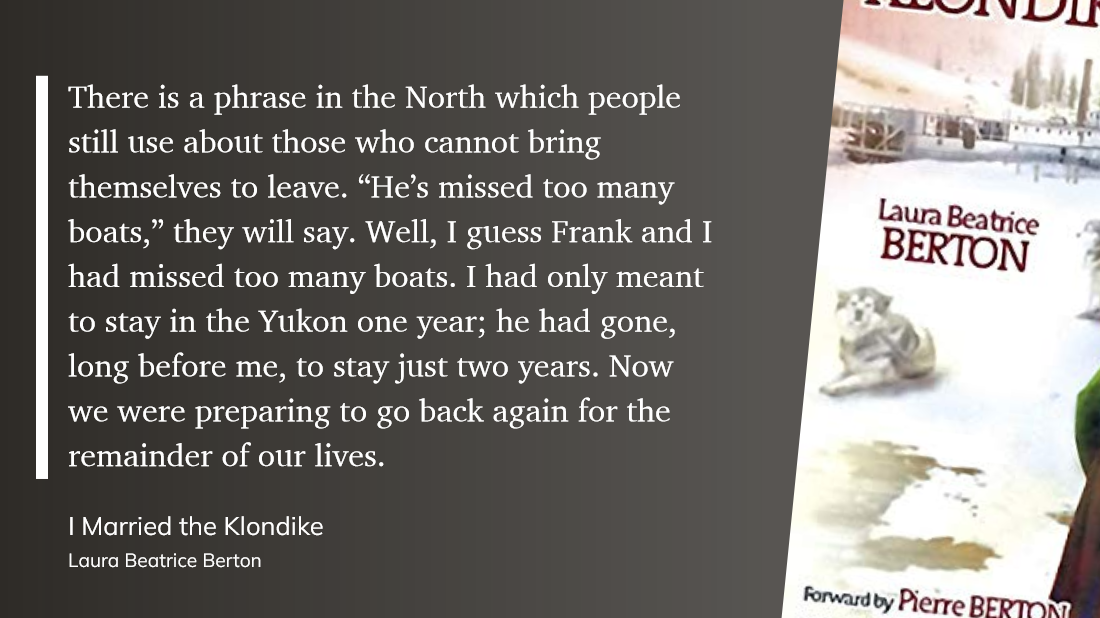"Indiscriminately happy"

Finished reading: The Courage to Be Disliked by Ichiro Kishimi 📚 on Derek Sivers recommendation. Good intro to Adlerian psychology, which doubles as a sensible philosophy of life.
Key takeaways:


More than a guidebook for aspiring wizards, Magic is also a veiled theory of religion. According to Henry Evans, whose introduction performs a kind of historiographical sleight of hand, spiritual miracles, paranormal experiences, and occult occurrences in ancient times point to a forgotten pre-history of modern stage magic. “Weeping and bleeding statues, temple doors that flew open with thunderous sound and apparently by supernatural means, and perpetual lamps that flamed forever in the tombs of holy men”, believes Evans, “were some of the thaumaturgic feats of the Pagan priests.” (Two hundred pages later, in Book II, Hopkins offers detailed schematics of “temple tricks” designed by the Ancient Greeks, discussing Heron of Alexander’s description of the Triumph of Bacchus, a mechanical shrine with self-moving figurines, and the dicaiometer, a jug that magically poured a perfect measure every time.) In the Middle Ages, continues Evans, the frequent reports of phantoms were a by-product of improvements in optics, for magicians with concave mirrors “were able to produce very fair ghost illusions to gull a susceptible public.” Witches burnt at the stake during the Enlightenment, he intimates, may have been magicians fully committed to their trade.
Source: Magic: Stage Illusions and Scientific Diversions (1897) – The Public Domain Review
Another important part of the Candlelight story line is the culinary tradition. Servants worked tirelessly to prepare elaborate dishes for the governor’s table.
“As you read through cookbooks of the time period, you start figuring out, Oh, so this is going to take a very long time,” says Matt Arthur, Tryon’s living history program coordinator. “We think a gelatin dessert is easy; it’s just a box of Jell-O and boiling water. Back then, they were boiling calves’ feet, going through a purification process, using bladders of freshwater fish and deer antlers. It took a long time to do all of that.”
Arthur considers any 1700s recipe that involves gelatin to be a “power flex.” Those dishes demonstrated to the governor’s dinner guests that he had enough servants to pull off such complicated recipes. Food was a way for people of stature to show how wealthy they were without saying it.
One of my favorite Kliban drawings: Barf Bold, a Decorative Typeface
Before humans stored memories as zeroes and ones, we turned to digital devices of another kind — preserving knowledge on the surface of fingers and palms. Kensy Cooperrider leads us through a millennium of “hand mnemonics” and the variety of techniques practised by Buddhist monks, Latin linguists, and Renaissance musicians for remembering what might otherwise elude the mind.Source: Handy Mnemonics: The Five-Fingered Memory Machine – The Public Domain Review
From today’s Pome poetry mailing list – “short modern poems for your inbox” – curated by Matt Ogle. This one really got to me:
Early Capitalism
they are perfecting the pillow
with which
you are being suffocated
now it sings to you
and shows you pictures
Joe Wenderoth (2009)
Big data in the age of the telegraph | McKinsey - from the age of the Big Railroads, the first organizational chart, looking like a flowering plant instead of a hierarchical chain of command
via: Ethan Molluck’s One Big Thing newsletter
When Connie Converse, the ‘Female Bob Dylan,’ Lived in N.Y.C. - The New York Times: an archeological expedition following the trail of a talent who disappeared. So reminiscent to me of Vivian Maier.
I used ChatGPT last weekend to help us revise the menu structures on our coho’s internal web site. I wrote out a detailed prompt, and then entered every page title on its own line, about 35-45 in total. In my prompt, I told ChatGPT to merge page topics, to rephrase them so they make sense to a less-technical audience, and to provide three examples of hierarchical menu structures, with at least one restricted to two levels.
We were pleasantly surprised by the outcome. Some of the AI’s groupings didn’t make sense, but many of them did. Using ChatGPT kept us from having to spend hours and hours on this exercise. Editing the AI’s work, recognizing what was good and what needed rethinking or special considerations, was much easier than doing it all ourselves.
We’re busy with other coho duties and our $dayjobs; I’m all for using a tool that gets us to the finish line quicker with less pain.
Abigail Pogrebin was one of the young adults who performed in the first production of Stephen Sondheim’s “Merrily We Roll Along.” It was a famous flop, closing after only 16 performances. But the cast album was one of my most treasured recordings, it evokes powerful feelings among Sondheim aficionados, and it’s one of his most beloved scores – though the show itself never seemed to click.
The original cast reunited for a concert performance, and Abigail wrote a book about both experiences: as a young adult with the world wide-open to her and full of possibilities and as an older adult still unpacking that youthful gut-punching experience.
I highly recommend the documentary on that reunion performance, The Best Worst Thing That Ever Could Have Happened, directed by one of the performers.
This is a quote from Abigail’s memoir on the experience. 📚

I recently skimmed two five-line-a-day diaries I kept; one spanned the years 2002-2012 and the other 2019-2023.
Because I love reading diaries and journals, and I have an obsesso need to document my life for some reason, I tried to make a go of them. Certainly, if I were to find someone else’s diary at a yard sale, I’d snatch it up and read every word. The thrill of eavesdropping on someone else’s life events, and thoughts, just tickles me.
But in skimming these two books, all I wanted to do was throw them away and not see them again. And to ask myself: why on earth would I want to keep them?
When I started keeping these five-liner diaries, I remember wanting to emulate the style of Pepys’ diary: did this, saw that, talked to so-and-so, thought this singer was great, and that play was rubbish.
One thing that worked against me was inconsistency: I started the new year strong, recording a few lines daily, then faded out, coming back for a week or two more, then fading out. A radio signal cresting and dying.
My first thought when I brought these diaries over from the old house was that I’d digitize the pages and keep them in Evernote or on my MacBook, so that I had a record of all those times.
As I thumbed through them, a few passages caught my attention: the days leading up to the passing of Liz’s mother, our growing embrace of the people who joined the Bull City Commons cohousing community, records of the many BCC meetings and decisions, stray things friends said.
This passage from May 8, 2021, a year and a half into the pandemic: “Our first ‘day out’ in over a year. To Beer Durham and sat outside on a beautiful, sunny, breezy day and enjoyed our beer and cider. ‘We must always remember this day!’ Liz said, several times. So good to see her happy, Great sandwiches from the food court. Watched ‘In and Of Itself’ on Hulu.” (I kept a running list of all the movies we saw in both books.)
This one from January 30, 2019: “Tom said that in graduate school, he accepted that he was not in control of his schedule and that’s ruled his life ever since. I’m believing it myself this week.”
A few times, the real world broke in: big snow or hurricane events, Trump’s election, the January 6 insurrection.
But the majority of the passages were of the bland and samey “Went to work, wrote report, met with X to plan video” or “Slept late” or whining about the hours of yard work I did (I hate doing yard work) and my losing battles with the bamboo and carpenter bees.
Then there were lots of depressing passages that droned on for weeks or months: my retinal detachment and the long recovery, the year I was out of work and my fruitless rounds of interviews, the hell-year of my Ph.D. and its long aftermath. Tell me again why I wanted to re-read this stuff? Why was I putting myself through this??
It did not take long for me to realize: I don’t want to spend any time at all digitizing or saving these handwritten logs. I don’t want to relive those days. Leave that baggage behind. Don’t carry it into the future.
So, no more keeping a daily log – at least in that fashion. For the past year or so, I have kept a daily note in Evernote that records my work activities for reporting purposes, personal events, phone calls, and also serves as a scratch pad for whatever is on my mind. I find I get along with this quite well. And when the time comes, no one has to worry about re-reading any of it or even throwing it in the trash. Just shut off the account and all the bits will go away.
Addendum: 2023-03-26: For the positive aspects of keeping a daily handwritten record, see Austin Kleon.
A quote that arose during my daily Evernote weeding routing, and relating directly to my previous post:
You can’t compete with someone who is having fun. Tiago Forte
Today’s email from Oliver Burkeman was on a topic that walloped me upside the head: How to choose sanity now. (Hope that link works!)
Here’s why: I am all caught up on my $DAYJOB work, one of those bliss states I’ve always imagined: no deadlines, no backlogs, time to work on projects of interest only to myself. And I’m totally at loose ends. I’m a tech writer (started as a reporter), so deadlines have long been a feature of my professional life. With that guardrail gone, I am feeling kind of freaked-out at the wide-open field of possible choices for spending my time, energy, and attention.
And as I’m 62 (nearing retirement age), I’m wondering: is this how I will feel when the $DAYJOB is gone?
In reading Burkeman’s work, and others’ as well, what I’m doing about this feeling is nothing. Just sitting with the feeling, detecting where it is in my body, and not trying to make myself “feel better.”
Instead of seeking short-term mood repair (the predominant cause of procrastination, according to the research), I will see what non-dayjob things need to be done. I live in a cohousing condo, so there’s always some task to be done. And after those tasks, maybe just…enjoy myself?
I’m one of those people who is baffled by the word “fun”, so enjoying myself feels like giving myself another task to stress about. But perhaps just giving myself permission (a technique I practice for others but not for myself) to feel both giddy and at loose ends is all that’s needed right now.
Burkeman is a recovering productivity geek who nevertheless still is looking for ways to live the good life without causing overmuch internal tension and strife. His fortnightly newsletter. The Imperfectionist, is the bee’s knees.
Rediscovered this article in Evernote during my daily notes-weeding practice. I’m sure I must have implemented it at one time, and did so again yesterday. It does make sorting my inbox much faster, though as usual, I find I overload myself with too many items to be done in one day.
It resembles Carl Pullein’s Time Sector System, which uses an algorithm of when will you do something, rather than prioritizing based on what you are doing.
📚

Elephants Can Remember was cited in a study done in 2009 using computer science to compare Christie’s earlier works to her later ones. The sharp drops in size of vocabulary and the increases in repeated phrases and indefinite nouns suggested that Christie may have been suffering from some form of late-onset dementia, perhaps Alzheimer’s disease.[5] Source: Elephants Can Remember - Wikipedia
🎵 Current listening: ▶︎ Ver Sacrum | Bruno Sanfilippo
Ostentatio genitalium (the display of the genitals) refers to disparate traditions in Renaissance visual culture of attributing formal, thematic, and theological significance to the penis of Jesus. That these images seem to have been created in good faith, with pious intentions, mystifies art historians, and many refuse to recognize the category as noteworthy or distinct from the nudity of angels and putti. Yet, as examples accrue, the conspicuous attention lent to Christ’s phallus cannot escape even the most disinterested gaze. “It is no exaggeration to say that this has probably been the most taboo topic in Christian thought for two thousand years”, writes Stephen Sapp. In contrast to classical sculptural conventions, which — with exceptions like certain herma and statues of satyrs — often showcase male genitalia in a state of flaccid modesty (akin to Michelangelo’s Risen Christ), these Renaissance images shock us because they are so frequently ithyphallic: Christ has risen, but not in the way we have come to expect.
Source: Ostentatio Genitalium in Renaissance Art – The Public Domain Review
A tip I picked up from an INTJ forum on Facebook:
Find 3 hobbies:
one to make some money
one to keep you in shape
one to be creative.